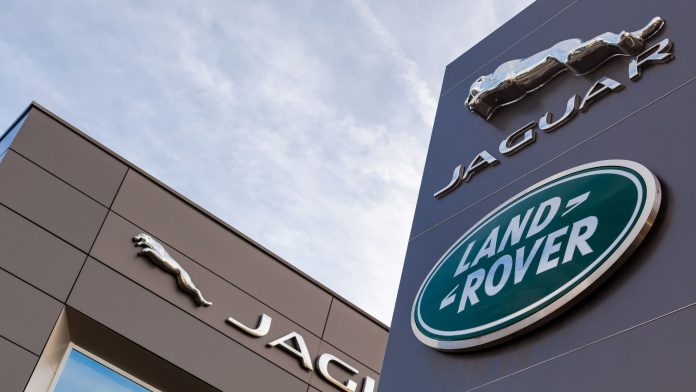Jaguar Land Rover (JLR) has revised its fiscal 2026 earnings forecast, lowering expected EBIT margins to 5–7%, down from its previous estimate of 10%. This adjustment reflects the British automaker’s navigation of rising uncertainty in the global automotive market and new U.S. tariffs on foreign-made vehicles. The company also projects near-zero free cash flow for the same period.
The revised outlook prompted shares of Tata Motors, JLR’s Indian parent company, to fall as much as 5.2% in early trading on Monday. The new forecast also underperforms JLR’s fiscal 2025 EBIT margin of 8.5%.
The U.S., a key market that accounts for more than a quarter of JLR’s global sales, has become a major pressure point. The automaker temporarily halted shipments to the country following President Donald Trump’s decision to impose a 25% duty on imported vehicles. To mitigate the impact, JLR is reallocating inventory to markets with more favorable conditions and said it is evaluating pricing adjustments in the U.S.
JLR is continuing trade negotiations with both the U.S. and UK governments. Under a new bilateral agreement signed in May, the UK can export up to 100,000 vehicles annually to the U.S. at a reduced 10% tariff rate—still higher than previous levels but significantly lower than the blanket 25% rate.
While the company’s high-margin Range Rover models are built in the UK and qualify for the lower tariff, its popular Defender SUV is manufactured in Slovakia, a European Union member state without a trade agreement with the U.S., which subjects it to the full 25% duty.
Despite the tariffs, some analysts believe Jaguar Land Rover may be cushioned by its premium clientele, who are less sensitive to price increases. However, Tata Motors remains one of the most vulnerable Indian automakers to the tariff hikes, given JLR’s lack of U.S. manufacturing, a contrast to rivals like Mercedes-Benz and BMW, which operate domestic production facilities within the United States.



